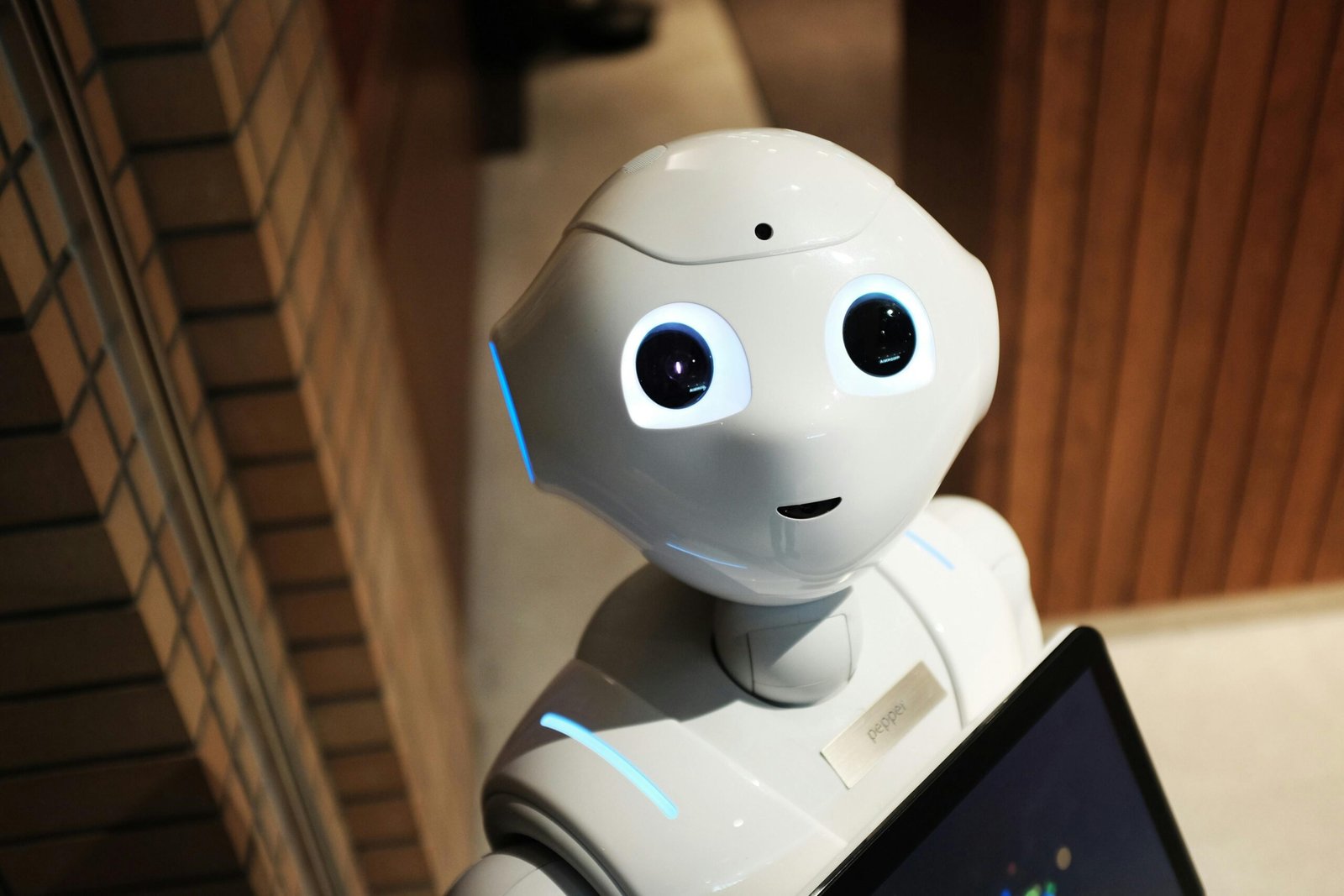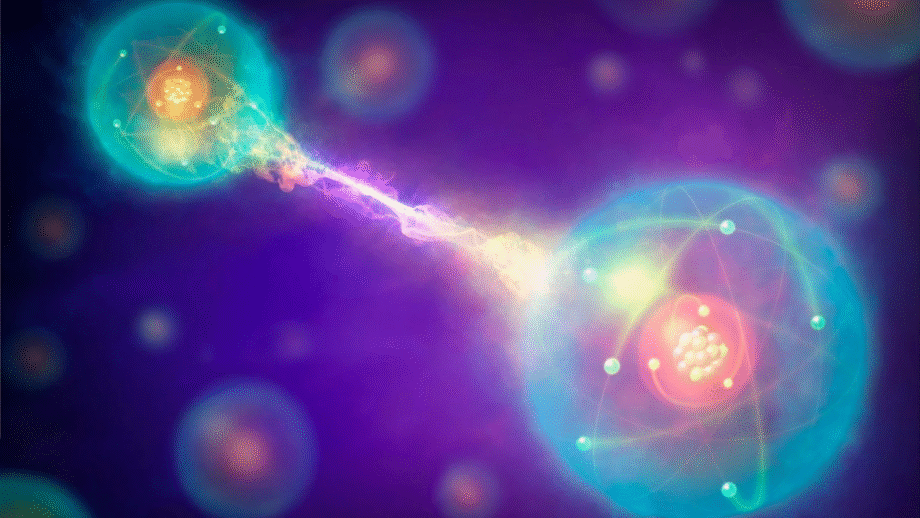Computers have transformed nearly every aspect of our lives—from how we communicate and work, to how we learn, shop, and play. At the heart of all classical computers lies the bit, a basic unit of information that can be either 0 or 1. But now, we’re on the brink of something far more powerful and revolutionary: the qubit, the star of quantum computing.
This shift from bits to qubits marks a true quantum leap in computing—more than just a technological upgrade, it’s a complete transformation in how we understand, process, and manipulate information. In this blog, we’ll explore what qubits are, how they work, and why they are key to the future of computing.
What is a Bit, and Why was it Revolutionary?
In classical computing, everything is encoded in bits—binary digits that take the form of either a 0 or a 1. A bit can represent something as simple as a light being on or off, or something as complex as part of a high-definition image. By combining billions of these bits, today’s computers perform astonishing tasks.
However, classical computers are fundamentally linear and deterministic. They perform calculations one step at a time, even when processing many operations in parallel. This makes them incredibly effective for many tasks—but limited when it comes to substantial, complex problems like modeling molecules, optimizing global logistics, or cracking modern encryption.
Enter quantum computing, and with it, qubits.
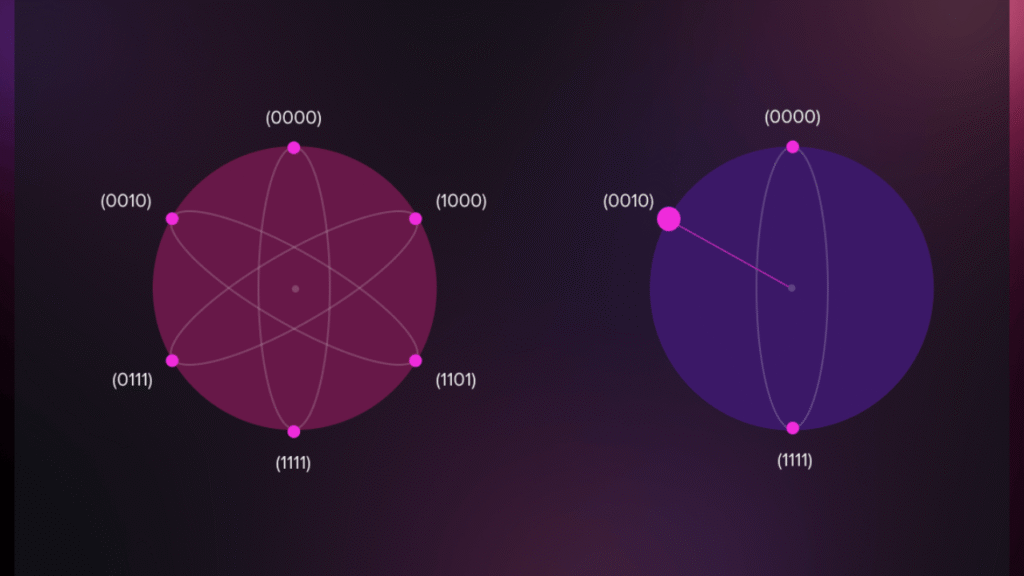
What is a Qubit?
A qubit (short for quantum bit) is the basic unit of information in a quantum computer. But unlike a classical bit, which can only be in one of two states (0 or 1), a qubit can be in a superposition of both—meaning it can represent both 0 and 1 at the same time.
Think of a spinning coin. While it’s in the air, it’s not heads or tails—it’s both. That’s a great analogy for superposition, one of the defining principles that make qubits in quantum computing so powerful.
Superposition: Unlocking Multiple Possibilities
In classical computers, if you have 2 bits, you can represent 4 different combinations (00, 01, 10, 11), but only one at a time. In quantum computers, 2 qubits can represent all 4 combinations at once—and as you add more qubits, the number of states grows exponentially.
- 1 qubit = 2 states
- 2 qubits = 4 states
- 3 qubits = 8 states
- 10 qubits = 1,024 states
- 50 qubits = over 1 quadrillion states simultaneously
That’s the power of superposition—qubits explore a vast solution space in parallel.
Entanglement: Quantum Teamwork
The second magical principle in quantum computing is entanglement. When two qubits become entangled, the state of one immediately influences the state of the other—no matter how far apart they are.
This allows quantum computers to do something classical systems can’t: create a coordinated system of information where all qubits are interlinked. That’s why entangled qubits can perform massive computations quickly and solve optimization problems that stump even the fastest classical supercomputers.
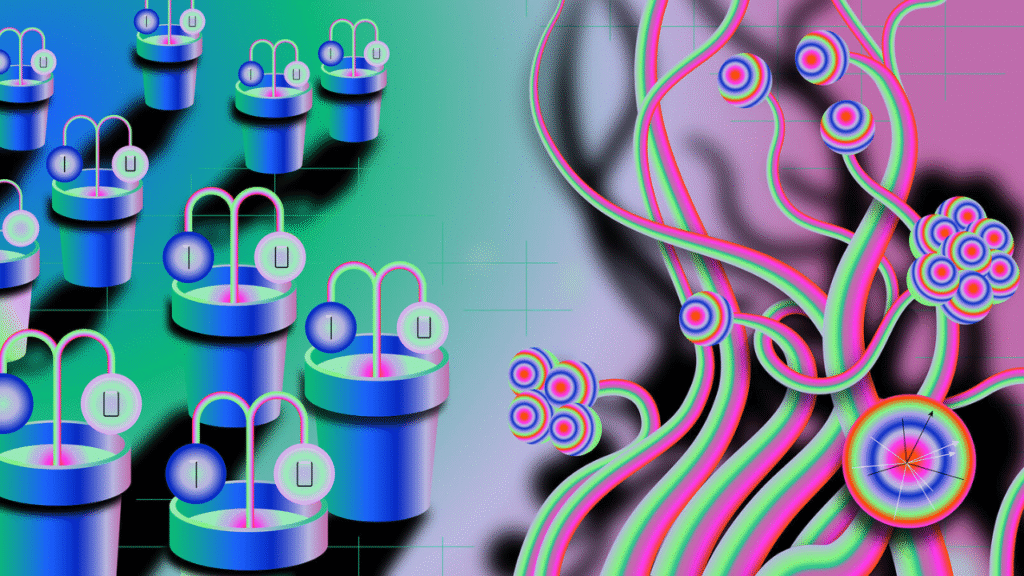
How Do Qubits Actually Work?
Qubits aren’t theoretical—they’re built using real physical systems. Some of the most promising types of qubits include:
- Superconducting circuits (used by IBM, Google)
- Trapped ions (used by IonQ, Honeywell)
- Photons (used in optical quantum computing)
- Spin qubits (based on electrons or atomic nuclei)
Each type has its pros and cons in terms of stability, scalability, and speed. But regardless of how they’re built, all qubits operate under the same laws of quantum physics.
To control qubits, quantum gates are used—similar to how classical logic gates operate on bits. These gates manipulate qubits through operations like rotations, flips, and entangling two or more qubits.
Qubits vs Bits: A Side-by-Side Comparison
| Feature | Classical Bit | Quantum Qubit |
|---|---|---|
| States | 0 or 1 | Superposition (0 and 1 together) |
| Data Representation | Binary | Probability-based |
| Communication | Local only | Instant via entanglement |
| Computation Style | Sequential | Parallel (exponential growth) |
| Physical Form | Transistor | Ion, electron, photon, etc. |
The leap from bits to qubits is more than technological—it’s conceptual.
Applications of Qubits in Quantum Computing
As quantum computers grow more powerful, qubits will drive breakthroughs in numerous industries:
1. Drug Discovery & Healthcare
Quantum computers can simulate molecules down to the quantum level, something classical computers can’t handle. This could lead to faster drug discovery, personalized medicine, and even new vaccines.
2. Cybersecurity
Today’s encryption can be broken by future quantum computers using Shor’s algorithm. But quantum systems can also secure data using quantum cryptography, like Quantum Key Distribution (QKD), which is nearly unbreakable.
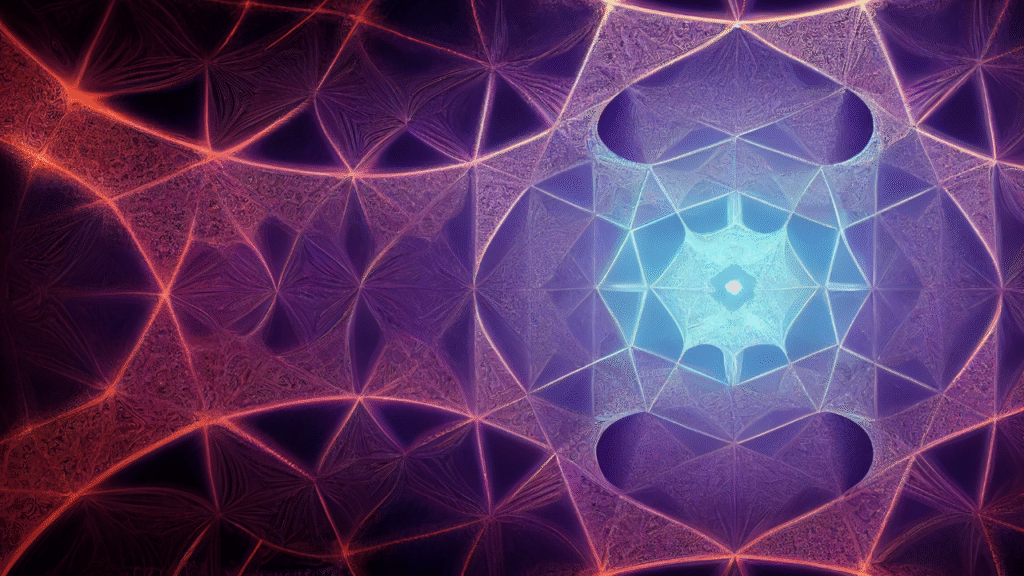
3. Environmental Modeling
Climate models, renewable energy systems, and CO₂ capture materials can all be optimized using quantum simulations powered by qubits.
4. Manufacturing & Logistics
Qubits in quantum computing can solve complex optimization problems for industries—like reducing waste, planning delivery routes, or improving supply chains.
The Challenges: Qubits aren’t Perfect Yet
Despite their potential, qubits are very fragile. Their quantum states are easily disrupted by heat, light, or even electromagnetic noise—a problem known as decoherence.
Other challenges include:
- Error correction: Quantum operations are error-prone and require multiple physical qubits to make one logical qubit.
- Scalability: We need thousands or millions of stable qubits for full-scale quantum computing.
- Cost: Quantum machines are expensive and require special environments (like near-absolute zero temperatures).
But progress is steady, and quantum hardware is improving faster than ever before.
Real-World Companies Working with Qubits
Tech giants and startups are racing to harness the power of qubits:
- IBM Quantum offers cloud access to real quantum machines.
- Google claimed “quantum supremacy” by solving a problem faster than a supercomputer.
- Microsoft Azure Quantum lets developers build hybrid quantum-classical systems.
- D-Wave, Rigetti, IonQ, and Xanadu are leading startup players.
The future is happening in labs and cloud platforms right now.
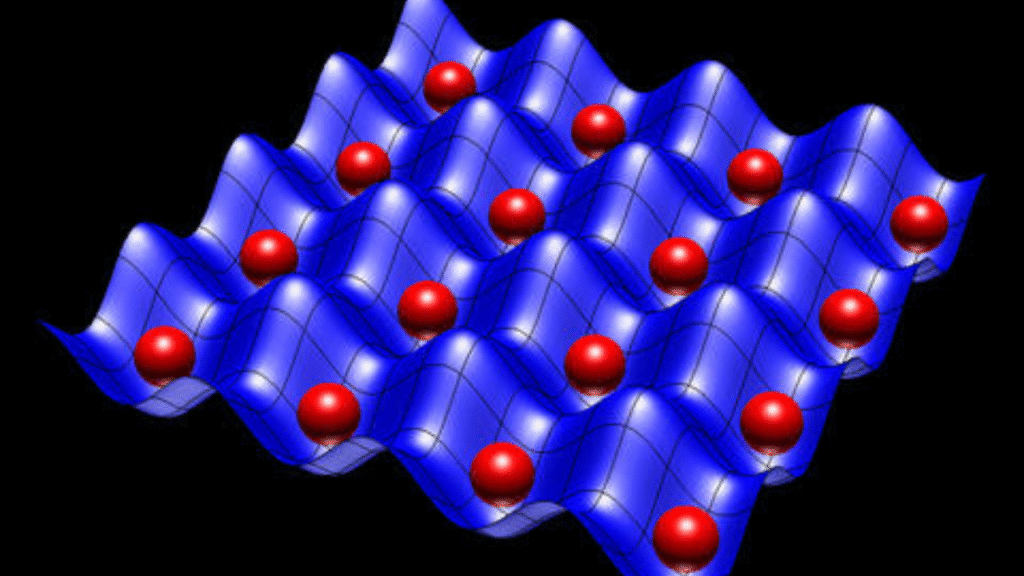
The Future of Qubits in Quantum Computing
In the next 5–10 years, we’ll likely see:
- Hybrid computing systems combining classical and quantum power
- Better error correction and longer qubit coherence times
- Quantum advantage in chemistry, AI, finance, and more
- Accessible quantum programming through platforms like Qiskit, Cirq, and Ocean
This journey from bits to qubits is like the leap from candlelight to electricity. We’re only beginning to see what’s possible.
Final Thoughts
Understanding qubits is like unlocking a door to the future. While classical bits got us here, qubits in quantum computing will take us where classical computers can’t go—from simulating nature and decoding DNA, to cracking unsolvable codes and discovering new materials.
The quantum leap from bits to qubits is already underway. And just like the early days of digital computing, those who understand and embrace it today will shape the world of tomorrow.
So, if you’re curious about the future—qubits are where it begins.


